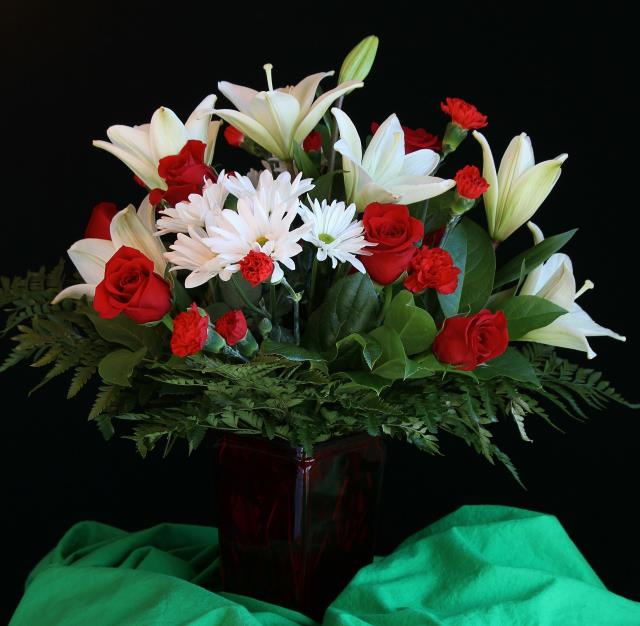Losing a loved one is one of the most difficult times of life, and for many a funeral is the last chance to express that love publicly.
Not being able to perform this ceremony in a way that is appropriate to the individual’s wishes can be heartbreaking, but for Australia’s Hindu community of more than 641,000, that’s happening everyday.
The community around Rockbank’s Sri Durga Temple is at the forefront of addressing this issue.
Amit Sharma’s mother was a devout Hindu, when she passed away suddenly in 2019. It was his responsibility to organise how to say farewell.
The primary funeral ritual in Hinduism is known as Antyesti, which translates to ’last sacrifice’ or ’last rite’.
The Antyesti ceremony typically involves several stages that include preparation of the body, procession to the cremation ground, cremation, a mourning period and immersing the deceased’s ashes in water.
Each stage has specific rituals to accompany it, with cremation being a central element. Within a day of passing the body is placed on a funeral pyre which is then lit by the eldest son. It symbolises the final act of detachment from the physical body. The fire is believed to purify the soul and facilitate its journey to the afterlife.
Antyesti typically takes place over the 15 days after passing.
When Amit was organising his mother’s Antyesti he was shocked to find almost every stage either couldn’t be provided in Australia or had to be heavily compromised.
This included waiting a week for cremation, and days again to be provided with the ashes. One compromise was that although Amit couldn’t cremate his mother on an open pyre, he was provided with a tv screen to watch it on, but even the camera stopped working.
The rituals are so typical in India that Amit equates it to an Australian of Christian background being told there’s no land to bury a body.
“We couldn’t do anything she wanted, not even one per cent,” he said.
“It’s very heartbreaking for us.”
Durba Dhiman, from Taylors Hill, has heard of many similar experiences. She said when her friend passed away from cancer the body being held in a morgue for two weeks was traumatising for her friend’s two children.
She said people have to weigh up sending deceased loved ones back to India, at a cost of tens of thousands of dollars, to ensure their send off done in a way that is appropriate for Hindu people.
Currently, Melbourne’s largest new cemetery in 100 years is being designed for Harkness. The 128 hectare site is billed as a “reimagined public cemetery”.
The community around Sri Durga Temple in Rockbank see this as the perfect opportunity for an Australian cemetery to cater for Antyesti ceremonies.
Vivek Sharma said they’re pushing for “three acres plus parking” on the site to establish a Shivpuri to conduct Antyesti in.
Greater Melbourne Cemetery Trust (GMCT) operates 19 cemeteries in Melbourne, and Harkness will be its 20th.
GMCT chief executive Andrew Eriksen said GMCT does its best to cater for Melbourne’s Hindu population, including through cremation viewing rooms and 24-hour cremation “wherever possible”.
He didn’t confirm whether Harkness would or wouldn’t accommodate Antyesti ceremonies.
“It’s complex as it’s never been done before in Australia,” he said.
“Considerations would have to address health, environmental concerns, amenity and other legislative requirements. We also need to balance it with broader community expectations.”
Vivek said he believes the general public is not worried about Antyesti services, and he wants to see movement from authorities on planning to provide them.
“We live in a multicultural society, I think general the public is not very worried about it… it’s a really important part of our lives,” he said.
“I’m a proud Australian and I want to live with pride, and I also want to say goodbye in pride.”







